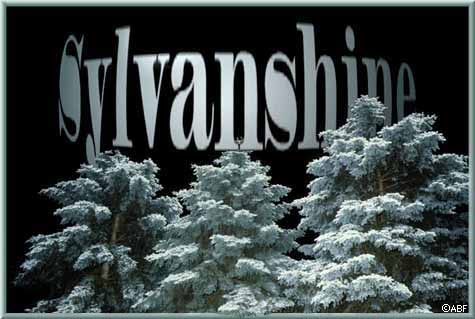The abstract of a talk by
Alistair B. Fraser
Professor of Meteorology,
The Pennsylvania State University

The Sylvanshine
|
Get up, sweet-Slug-a-bed, and see The Dew-bespangling Herbe and Tree |
The abstract of a talk by

|
Get up, sweet-Slug-a-bed, and see The Dew-bespangling Herbe and Tree |
Imagine you are driving along a wooded road in the middle of the summer night only to see the normally Stygian forest transformed into a vision of snow-covered trees in the moonlight. You have just seen the sylvanshine, the topic of this hightly illustrated talk.
Some dew covered plants are strongly retroreflective. The bright glow seen when the antisolar point falls on grass is known as the heiligenschein. Its widely accepted explanation requires the grass to be covered with hair. The discovery of the sylvanshine, a closely related phenomenon best seen at night, revealed that strong retroreflection can occur on hairless dew-covered plants. A simple model shows that below a contact angle of 90 degrees, the enhancement in the back-scatter direction is virtually identical to that given by a diffusely reflecting surface, but as the contact angle climbs to 140 degrees, enhancement increases by two orders of magnitude. Plants exhibiting such large contact angles are not the norm, but can be found chiefly among coniferous trees, a few of which display the sylvanshine with great brilliance.
The text, images, diagrams, and animations that accompany this talk are projected from a computer.